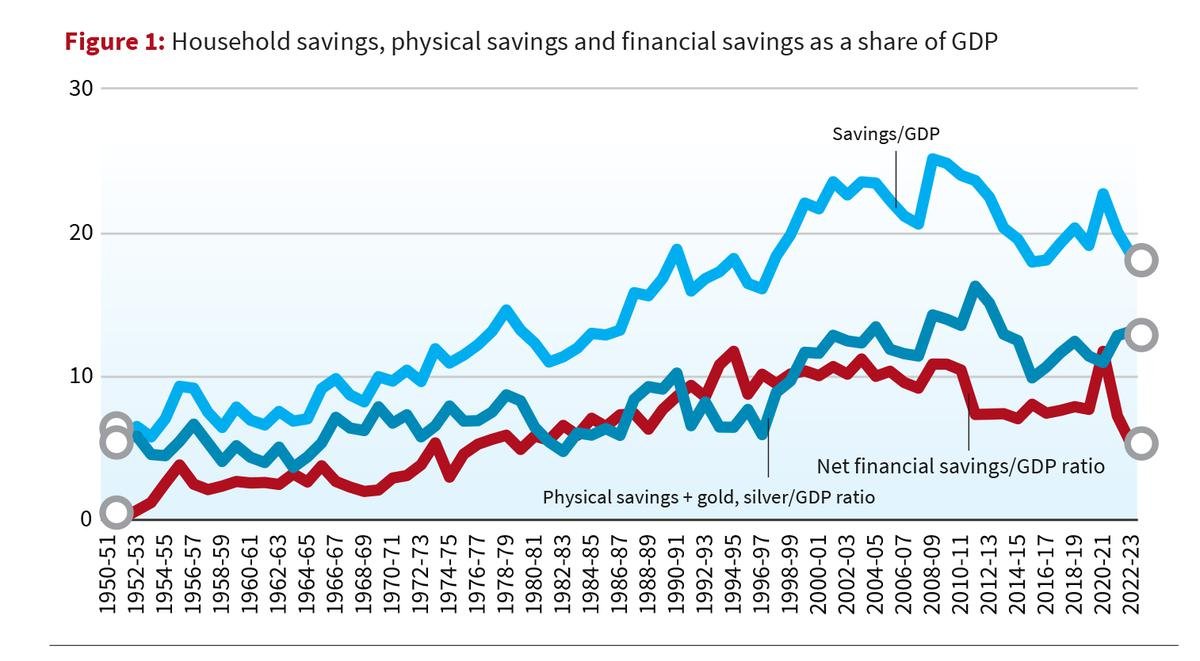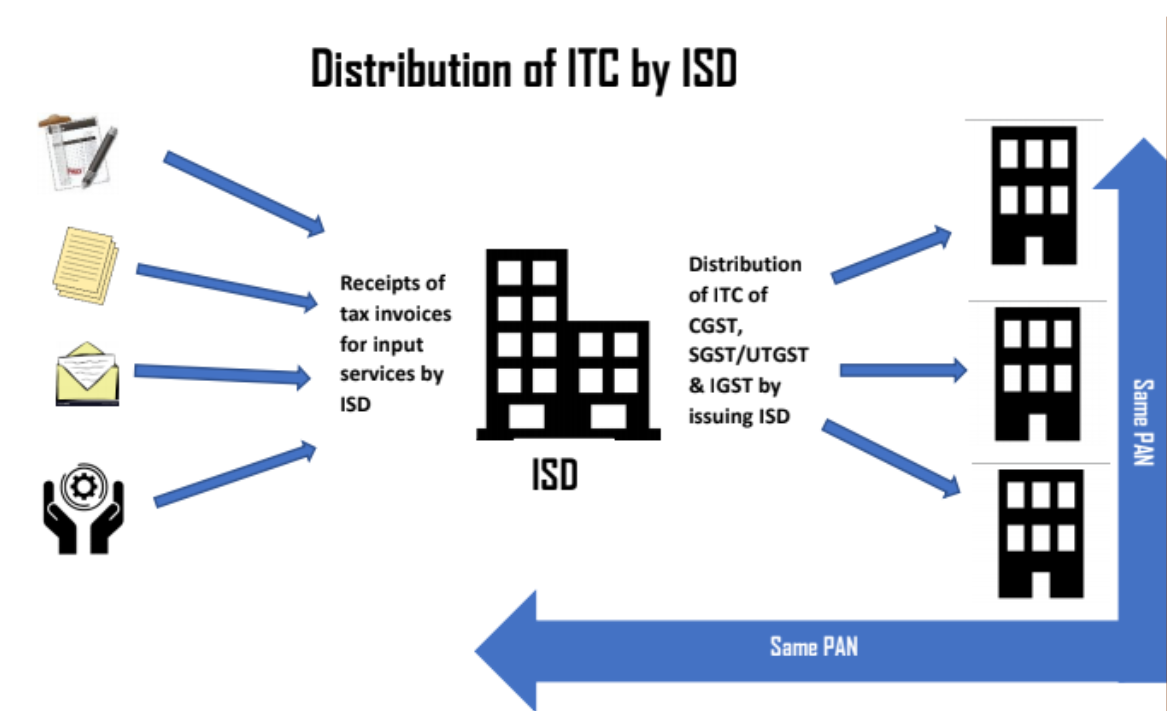
Declining Household Savings
Subscribers of "Current Affairs" course can Download Daily Current Affairs in PDF/DOC
Subscribe to Never Miss an Important Update! Assured Discounts on New Products!
Must Join PMF IAS Telegram Channel & PMF IAS History Telegram Channel
- Context (TH): Recent discussions in India have focused on the decline in household savings.
- This decline is mainly due to a significant drop in net financial savings, resulting in the household net financial savings to GDP ratio reaching its lowest point in forty years.

|
Reasons for decline in household net financial savings
- First, households may finance increased consumption by borrowing more or using up their financial savings. This increased consumption expenditure, despite the same level of disposable income, stimulates aggregate demand and output.
- The second factor contributing to a decrease in household net financial savings involves financing higher tangible (physical) investments by borrowing more or using up financial savings. This reduction in net financial savings stimulates aggregate demand and output through increased investment.
- Thirdly, if households face increased interest payments due to higher interest rates, they may cover the extra cost by borrowing more or depleting financial savings, resulting in decreased net financial savings.
- An analysis shows that the third factor (interest payments by borrowing) played a major role in the decline of household net financial savings.
|
Impacts of High debt burden
- The increase in household debt burden raises two macroeconomic concerns.
Concerns over debt repayment and financial vulnerability
- Debt sustainability depends on the household’s ability to repay, which is determined by the income flow.
- When households struggle to meet debt repayments, the income of the financial sector is reduced. This impacts the financial sector’s balance sheets, potentially affecting the macroeconomy.
- If the financial sector responds by reducing credit disbursement to the non-financial sector, it can have cascading effects on the economy.
Impact on consumption demand
- Apart from disposable income, household consumption can be influenced by wealth, debt, and interest rates. Reduced household wealth may lead to lower consumption as households aim to preserve their wealth by increasing savings.
- Higher household debt can also decrease consumption in two ways.
- Firstly, if increased leverage suggests higher default risk, banks may reduce credit disbursement, affecting consumption.
- Secondly, higher debt increases the interest burden, along with the impact of higher interest rates on consumption.





![PMF IAS Environment for UPSC 2022-23 [paperback] PMF IAS [Nov 30, 2021]…](https://pmfias.b-cdn.net/wp-content/uploads/2024/04/pmfiasenvironmentforupsc2022-23paperbackpmfiasnov302021.jpg)












